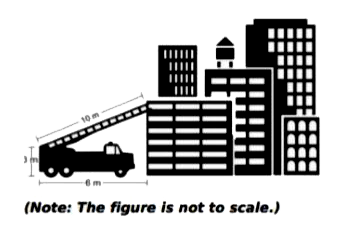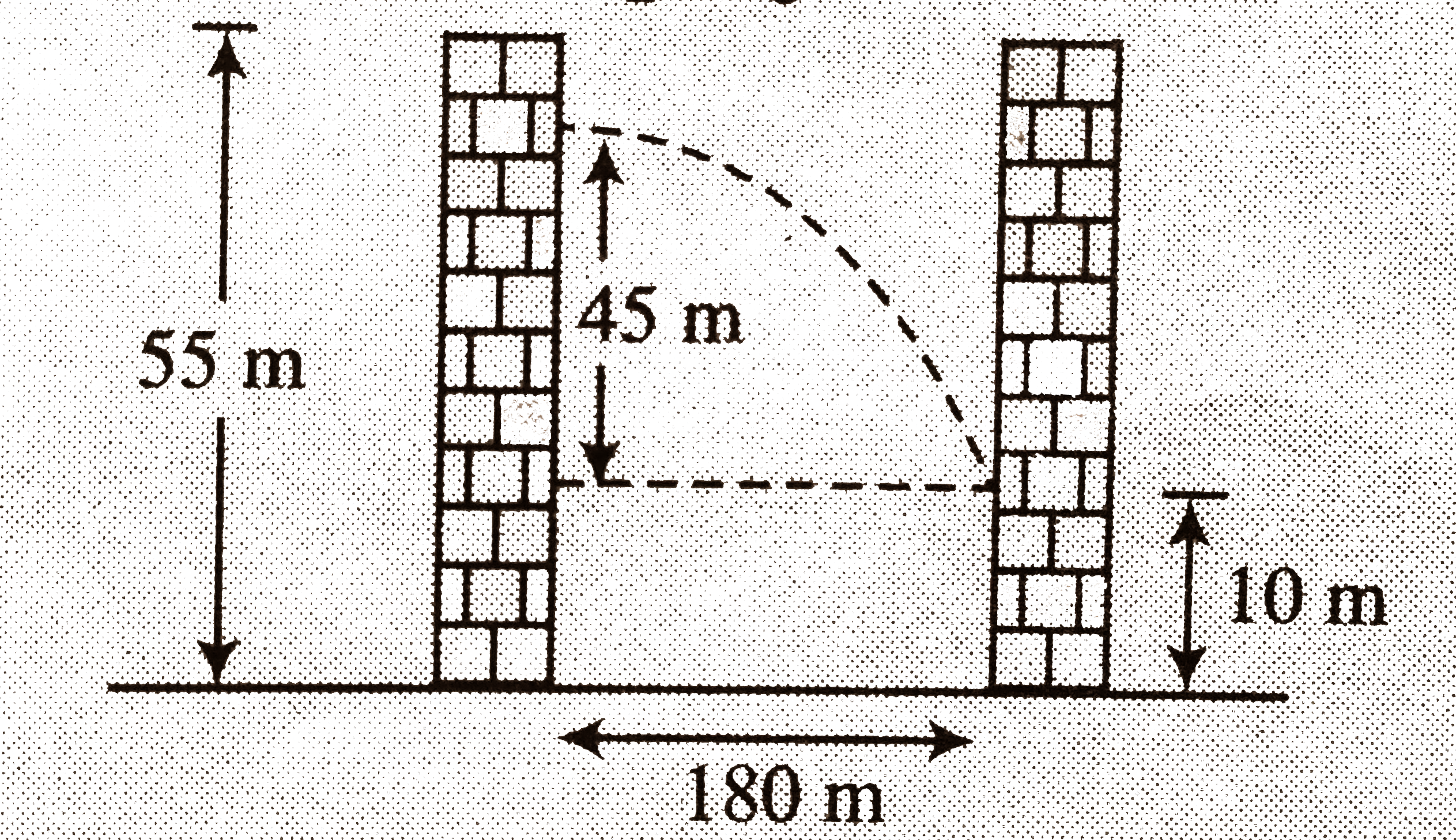An aeroplane passing over a building sometimes causes rattling of windows in the building. Why?
Step-by-Step Solution:
1. Understanding the Scenario:
- An aeroplane flies over a building, and this can cause the windows of the building to rattle.
2. Identifying the Cause:
- The primary cause of the rattling is the sound produced by the aeroplane's engine. This sound generates sound waves that travel through the air.
3. Explaining Sound Waves:
- Sound waves are vibrations that travel through a medium (in this case, air) and have a specific frequency. Each sound wave has a frequency that can cause different materials to vibrate.
4. Natural Frequency of the Window Glass:
- Every material, including the glass in windows, has a natural frequency at which it tends to vibrate. This is determined by the physical properties of the material, such as its mass and stiffness.
5. Resonance Phenomenon:
- When the frequency of the sound waves from the aeroplane matches the natural frequency of the window glass, a phenomenon called resonance occurs.
6. Effect of Resonance:
- During resonance, the energy from the sound waves is transferred efficiently to the glass, causing it to vibrate with a larger amplitude. This means that the glass vibrates more intensely than it would at other frequencies.
7. Resulting Rattling:
- The increased amplitude of vibration in the glass leads to the rattling sound that is heard when the aeroplane passes overhead.
8. Conclusion:
- Therefore, the rattling of windows in a building when an aeroplane passes overhead is due to the resonance between the sound waves produced by the aeroplane and the natural frequency of the window glass.
- An aeroplane flies over a building, and this can cause the windows of the building to rattle.
- The primary cause of the rattling is the sound produced by the aeroplane's engine. This sound generates sound waves that travel through the air.
- Sound waves are vibrations that travel through a medium (in this case, air) and have a specific frequency. Each sound wave has a frequency that can cause different materials to vibrate.
- Every material, including the glass in windows, has a natural frequency at which it tends to vibrate. This is determined by the physical properties of the material, such as its mass and stiffness.
- When the frequency of the sound waves from the aeroplane matches the natural frequency of the window glass, a phenomenon called resonance occurs.
- During resonance, the energy from the sound waves is transferred efficiently to the glass, causing it to vibrate with a larger amplitude. This means that the glass vibrates more intensely than it would at other frequencies.
- The increased amplitude of vibration in the glass leads to the rattling sound that is heard when the aeroplane passes overhead.
- Therefore, the rattling of windows in a building when an aeroplane passes overhead is due to the resonance between the sound waves produced by the aeroplane and the natural frequency of the window glass.
Topper's Solved these Questions
- BOOK - MODERN PUBLICATIONCHAPTER - OSCILLATIONS EXERCISE - TOUGH & TRICKY PROBLEMS9videos
OSCILLATIONS
- BOOK - MODERN PUBLICATIONCHAPTER - OSCILLATIONS EXERCISE - NCERT FILE (Textbook Exercises)19videos
OSCILLATIONS
- BOOK - MODERN PUBLICATIONCHAPTER - OSCILLATIONS EXERCISE - PRACTICE PROBLEMS 220videos
OSCILLATIONS
- BOOK - MODERN PUBLICATIONCHAPTER - MOTION IN A STRAIGHT LINE EXERCISE - CHAPTER PRACTICE TEST16videos
MOTION IN A STRAIGHT LINE
- BOOK - MODERN PUBLICATIONCHAPTER - PHYSICAL WORLD EXERCISE - Revision exercises (Long answer questions)6videos
PHYSICAL WORLD
Similar Questions
A passing airplane sometimes causes the rattling of the windows of a house. Why ?
View SolutionTwo tall buildings are 40m apart A ball thrown horizontally from a window 145m above the ground in one building is to enter a window 22.5m above the ground in the other building. The speed of the ball should be
View Solution
Knowledge Check
- Question 1 - Select One
A fire engine, standing near a building, extends its ladder to a length of 10 metres to reach a certain window in the building.

What is the height of the window from the ground?A6 mB8 mC9 mD11 m - Question 2 - Select One
When a strom passes over a building, it sucks up air from the building and makes the building explode. The strom is most likely to be a :
ATornadoBCycloneCThunderstormDTyphoon - Question 3 - Select One
When a storm passes over a building, it sucks up air from the building and makes the building explode. The storm is most likely to be a :
AtornadoBcycloneCthunderstromDtyphoon
Two tall buildings are 40m apart. A ball thrown horizontally from a window 145m above the ground in one building is to enter a window 22.5m above the ground in the other building.The speed of the ball should be (A) 6m/s (B) 8m/s (C) 10m/s (D) 12m/s
View SolutionA steel ball is dropped from th roof of a building. A man standing in front of a 1−m high window in the building notes tha the ball takes 0.1s to the fall from the top to the boottom of the window. The ball continues to fall and strikes the ground. On striking the ground, the ball gers rebounded with the same speed with which it hits the ground. If the ball reappears at the bottom of the window 2s after passing the bottom of the window on the way down, dind the height of the building.
View SolutionAn object is thrown between two tall buildings 180m from each other. The object thrown horizontally from a window 55m above the ground from one buiding strikes a window 10m above the ground in another building. Find out the speed of projection.
 .View Solution
.View SolutionTwo tall buildings are 30m apart. The speed with which a ball must be thrown horizontally from a window 150m above the ground in one building so that it enters a window 27.5m from the ground in the other building is.
View SolutionA person sitting in the ground floor of a building notices through window of height 1.5 m a ball dropped from roof of building crosses window in 0.1s what is velocity of ball when it is at the tomost point of window
View Solution

